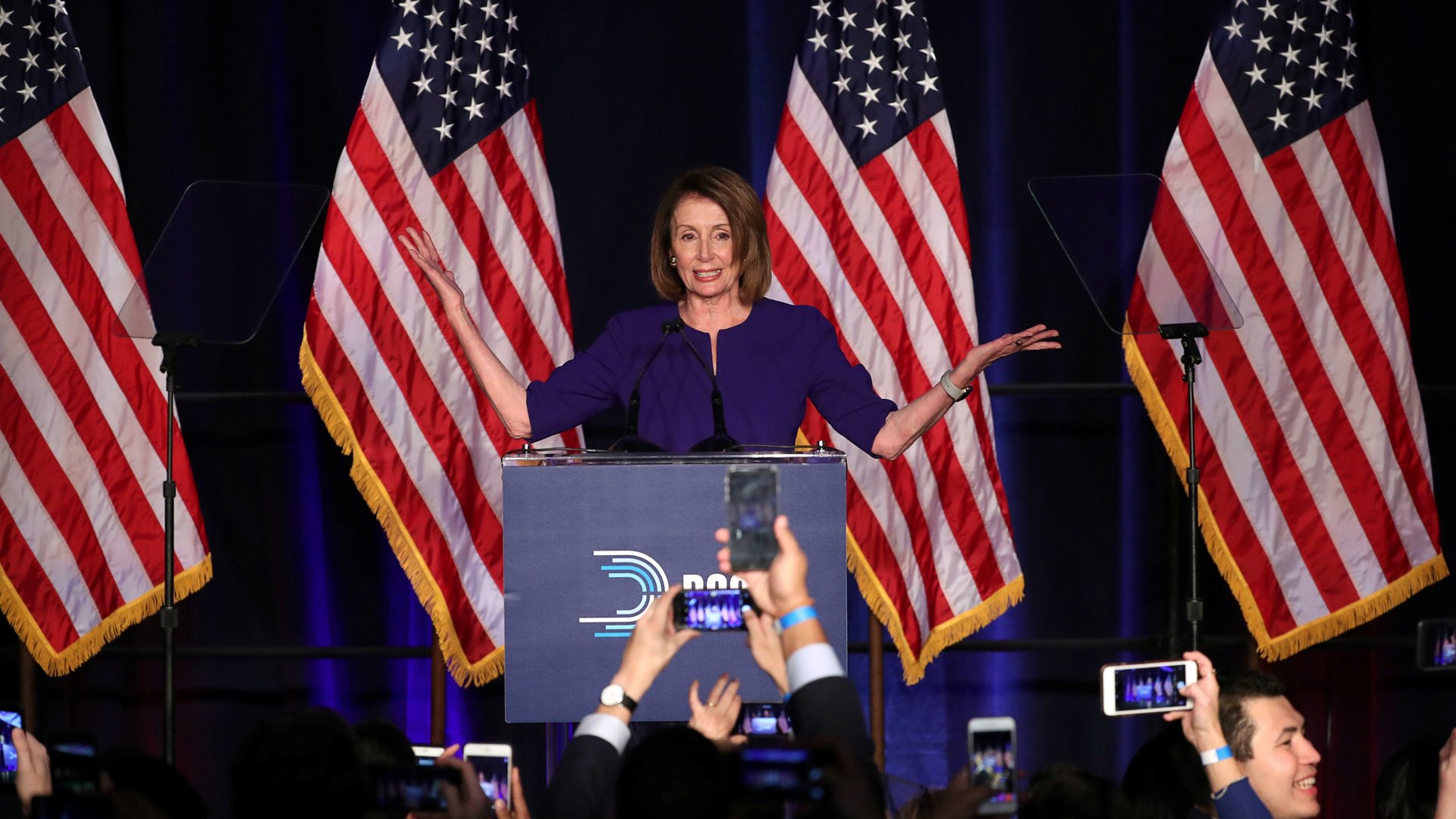The US midterms might mark the end of the strong dollar
In the end, the US midterm elections went mostly as expected but, as analysts at Dutch Bank ING put it, it was more of a “blue ripple” than a “blue wave.” Democrats clinched enough seats to gain control of the House of Representatives, while Republicans strengthened their majority in the Senate. With a Congress as divided as the nation, several analysts have concluded this is ultimately bad news for the US dollar.


In the end, the US midterm elections went mostly as expected but, as analysts at Dutch Bank ING put it, it was more of a “blue ripple” than a “blue wave.” Democrats clinched enough seats to gain control of the House of Representatives, while Republicans strengthened their majority in the Senate. With a Congress as divided as the nation, several analysts have concluded this is ultimately bad news for the US dollar.
For most of 2018, the strength of the greenback was the biggest market surprise. Tax cuts, spending increases, and deregulation helped lift US economic growth, pushing the dollar ever higher against other currencies, especially those used in emerging market economies. Looking ahead, a Democrat-controlled House of Representatives is expected to thwart any major fiscal spending plans, such as more tax cuts, especially if those could help boost support for Donald Trump ahead of his 2020 presidential re-election bid. The Democrats could also use their new power to launch a long list of investigations against the president, further constraining his administration at home.
“The vastly reduced chances of fresh US fiscal stimulus will re-emphasise the US as a late cycle economy heading into 2019,” currency strategists at ING wrote. “The dollar will top out in the 3-6 month window rather than a 6-18 month window,” they added. At the time of writing, an index of the dollar against other major currencies was down 0.6% on the day.
There’s also the possibility that less fiscal spending will quell concerns about inflation rising too quickly, leading the Federal Reserve to slow the pace of interest-rate hikes, according to Commerzbank. That’s another factor that could weigh on the dollar stemming from yesterday’s vote.
This could lead to Trump turning his attention to areas that don’t require crossing paths with Congress: trade and foreign policy. Indeed, Moody’s warned this week that US trade policy poses the biggest geopolitical risk to the global economy. The midterms have made this an area that could become even more volatile. Ulrich Leuchtmann, an analyst at Commerzbank, said the administration might return its focus to taking a “more aggressive stance” against its trade partners. “The US President can then once again present himself as the big dealmaker just before the next elections,” Leuchtmann wrote in a note to clients.
Even as the election results went broadly as predicted, there is plenty of uncertainty about the outcome for markets. If momentum builds for infrastructure spending, will Democrats block it to restrain Trump’s re-election bid or allow for more spending to boost growth? The idea that political gridlock will stop all forms of fiscal stimulus is far from settled.
In the meantime, international investors will probably spend more time worrying about global central bank policy and economic growth. This is an area that has the potential to favor the dollar against certain currencies. For example, according to analysts at BNY Mellon, “the US is an oasis of stability compared with unrelenting economic and political problems in Europe,” offering few reasons to convert dollars to euros—for now.
Dollar traders might be bearish on balance, but stock investors can take heart that a Republican-controlled Senate will make it difficult for Democrats to undo corporate tax cuts and deregulation. The long-lived bull market for US stocks may have further to run— historical analysis shows that equities tend to outperform after midterms, whatever the result at the polls.